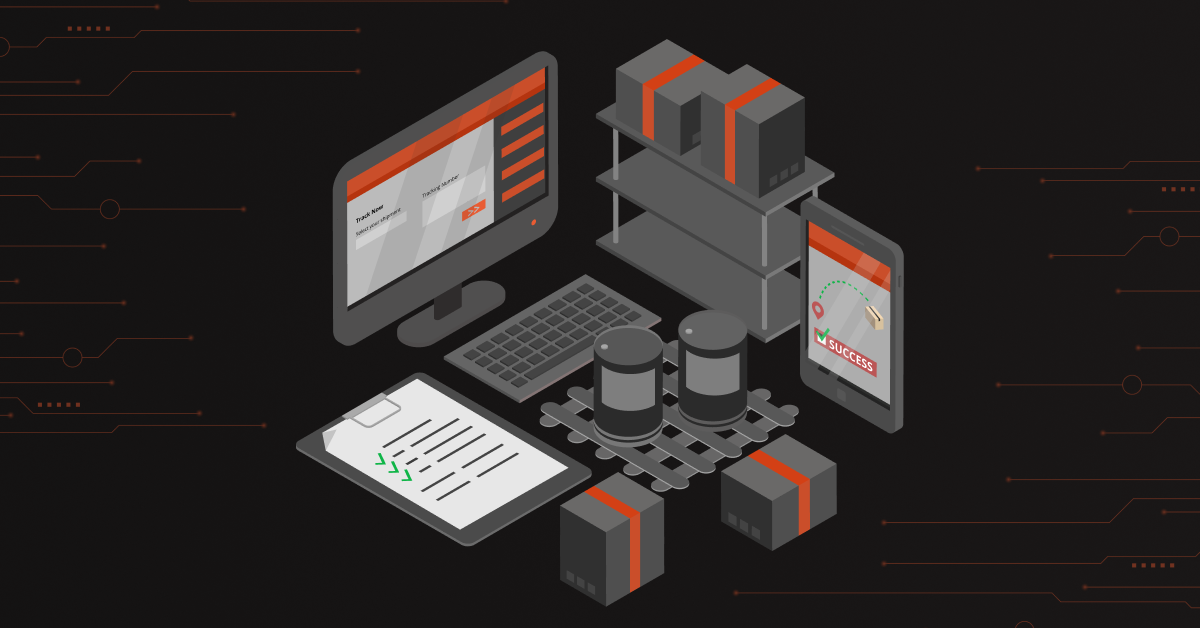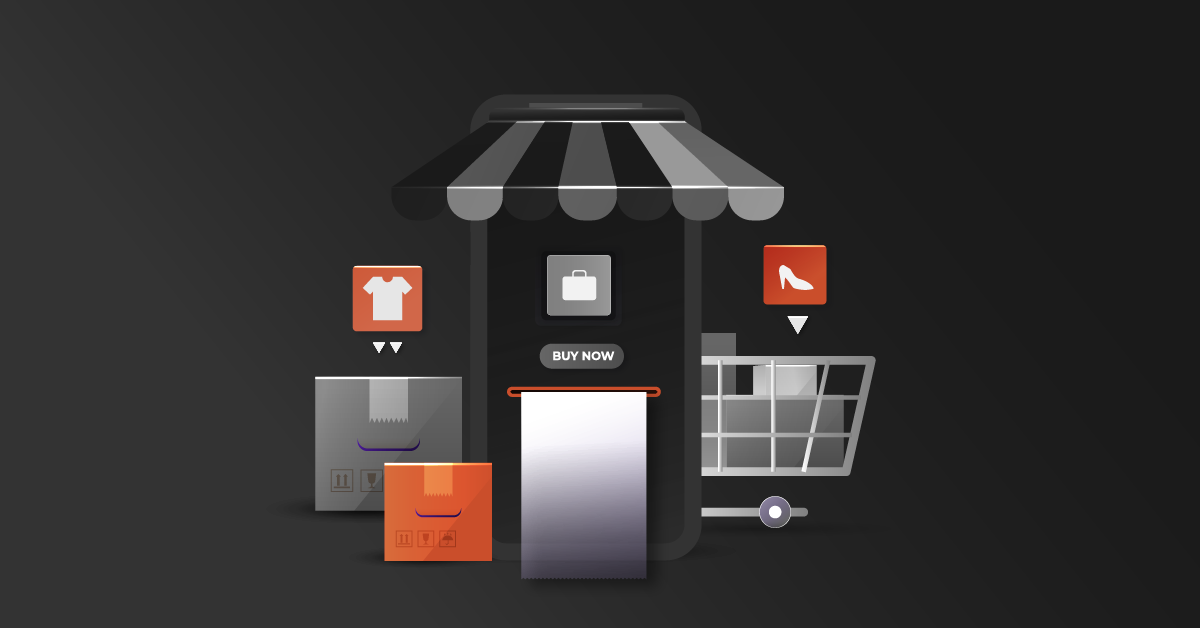SaaS Integration is the seamless connection of different software as a service (SaaS) application, allowing them to request and share data. It’s crucial for organizations with diverse needs, enabling the creation of automated workflows by linking various SaaS tools.
By using APIs, SaaS integration facilitates communication between on-premises or cloud-based applications, both internally and for customer interactions. This ensures efficient data exchange and enhances the overall functionality and productivity of business processes.
Now, let’s understand how to integrate SaaS applications in detail.
Contents
Methods of SaaS Integration
SaaS integration operates through APIs, minimizing the need for extensive programming. APIs facilitate information exchange using established rules and protocols, ensuring secure data transfer. Trigger mechanisms often prebuilt in SaaS applications, activate actions such as updating a CRM platform in response to user activities. While most SaaS apps come with ready-to-use triggers and APIs, specific scenarios may demand additional programming for seamless alignment with business operations.
Let’s explore various SaaS integration approaches:
1. Integration Platforms
iPaaS (integration platforms as a service) streamlines SaaS integration by offering prebuilt pathways between platforms. These companies often provide no-code integration capabilities, saving time compared to building integrations from scratch.
2. Native Integration
Native integration involves customizing connections between your system and a SaaS application. While time-consuming and costly, it provides unparalleled flexibility and customization. Essential for specific functionalities beyond standard SaaS integration offerings.
3. Robotic Process Automation (RPA)
RPA employs bots to automate data collection and synchronization between SaaS applications and internal systems. Intelligent automation, powered by AI, enhances efficiency. Despite time-saving benefits, RPA demands ongoing maintenance and may break with UI changes, making it less preferable for certain SaaS integrations.
By comprehending the workflow and choosing the right approach, businesses can seamlessly integrate SaaS applications to enhance productivity and meet diverse operational needs.
Also Read: Top 15 iPaaS Solutions & Platforms for Distributors 2024
How is SaaS Integration different from App Integration and API Integration
When it comes to SaaS Integration, App Integration, and API Integration, the terms are often used interchangeably, causing confusion among new users. Despite the similarities, there are key distinctions.
- SaaS integration primarily involves web-based applications accessible from anywhere, eliminating the need for installation.
- Application integration refers to desktop applications requiring downloads and installations.
- API integration, the method behind these integrations, relies on Application Programming Interfaces (APIs), a set of code-based instructions for data exchange. Software developers traditionally define these interactions through coding.
However, with the rise of iPaaS (Integration Platform as a Service), users can now perform API integrations without extensive coding or technical expertise. This evolution simplifies the integration process for a more user-friendly experience.
Also read: Data Integration vs Application Integration Explained (2024)
How SaaS Integration Benefits Businesses
Let’s have a look at the various benefits of SaaS integration:
Reduces Human Errors
SaaS application integration automates data flow, mitigating the risk of human errors in day-to-day operations.
It ensures consistency and accuracy across interconnected systems, eliminating manual oversights and enhancing operational efficiency.
Cost Savings
SaaS integration is a robust cost-saving tool, maximizing return on investment.
Connecting different applications, software, and systems reduces expenses tied to manual data entry, inefficient workflows, and duplicative processes.
This directly lowers costs related to software and administrative tasks.
Automates Workflows
SaaS integration streamlines and automates routine, time-intensive tasks, allowing organizations to focus on core competencies.
For instance, higher educational institutions can link content creation tools with their Learning Management System (LMS), saving educators’ time and prioritizing instructional activities.
Provides Transparency
Enhancing organizational transparency, SaaS integration seamlessly links various human resources information systems like payroll, benefits, and performance management. This creates a centralized hub of accessible and up-to-date information.
Real-time updates, such as salary increases or tax withholding changes, ensure HR teams have immediate access to relevant data, fostering a future-ready HR strategy.
Elevates Employee Experience
Successful integration empowers HR professionals to offer self-service options, reducing administrative burdens, and enhancing the overall employee experience.
Tasks such as updating personal information, requesting time off, and accessing training resources become more efficient, fostering a sense of ownership and engagement among employees.
Improves Customer Retention and Expansion
SaaS integration improves customer retention and facilitates entry into lucrative market segments. Integrated Customer Relationship Management (CRM) systems centralize and analyze customer data, providing insights to understand customer needs and preferences.
This enables businesses to offer tailored services, recommendations, and customer support, ultimately enhancing customer experience.
Ensures Scalability
SaaS integration ensures seamless information exchange as companies grow, avoiding the unwieldiness of manual functions.
For scalable automation strategies, especially crucial for large enterprises using numerous business apps, integration becomes a key component.
It allows apps to automatically exchange information without relying on human intervention, minimizing errors and ensuring smooth operations across diverse departments.
Also read: 25 Best SaaS Integration Software 2024 [+ Pros & Cons]
Challenges of SaaS Integration
The following are some key challenges associated with SaaS Integration:
Vendor Limitations
SaaS software integration faces challenges due to varying levels of support and API capabilities among vendors. Limitations on data access and API calls can hinder seamless integration.
Vendor lock-in is a concern, as businesses may find it challenging to switch vendors in the future. Differing release cycles and update schedules can impact the stability of integrated systems.
Higher Setup Time
Setting up integrations may require time, but proper setup is crucial to avoid future issues. Accelerating time-to-value involves leveraging pre-built integrations, excellent usability, and accessing a community of subject matter experts.
Development Challenges
Developing custom API integrations is complex and time-consuming, requiring specialized knowledge. Multiple development iterations and testing may be necessary, leading to potential software bugs and manual workarounds, minimizing returns on investment.
Performance Issues
The speed and reliability of data transfer between SaaS APIs and systems are crucial for user experience. Challenges arise with real-time synchronization of large datasets or network issues. Robust monitoring tools and processes are essential for resolving integration issues and maintaining system health.
Maintenance Concerns
Maintaining and updating custom integrations over time can lead to technical debt. As SaaS products evolve, integrations may require revisiting and revising, incurring costs and consuming time. Designing integrations to be both scalable and flexible for future growth without significant rework is a persistent challenge.
The right way to navigate these challenges is to find the ideal integration solution that perfectly suits your needs.
SaaS Integration for Distributors – DCKAP Integrator
For any business aiming for the coveted “Connected Enterprise,” a fully integrated network is essential. To achieve this, an iPaaS (integration platform as a service) like DCKAP Integrator proves crucial.
Opting for this platform with pre-built connectors via APIs yields immediate benefits, reducing monthly spending and expediting the automation timeline. Additionally, being on a Cloud-based solution eliminates hosting worries. DCKAP offers extensive support for top-tier ERP (enterprise resource planning) systems, eCommerce platforms, and CRMs, ensuring seamless integration even with future application switches.
Here is why this SaaS integration platform is the best choice for you:
- Simplicity & Scalability: User-friendly and scalable application design for ease.
- Technical Support: Attentive, responsive, and timely assistance for individual needs.
- Affordable Customizations: Cost-effective options for tailored integration solutions.
- Usability Focus: Code and design prioritize usability and scalability for efficiency.
- No Developer Support Required: Integration experts handle setup and maintenance without additional technical work.
- Elegant Interface: Simple drag & drop feature for setting up integration flows.
- Low-code: Intuitive interface eliminates the need for complex coding.
- Cost and Time Savings: Save time and a huge cost on integration and focus on business improvements.
- Business Logic Implementation: Easily implement all business logic within the interface.
- Integration Problem Prevention: Minimize integration-related problems, prioritize business features.
For more details check out our pricing plans and see how we can help you with your SaaS integration needs.
FAQS
What is the definition of SaaS integration?
SaaS integration refers to the process of seamlessly connecting and combining various software applications, enabling them to work together and share data efficiently within an organization. It involves linking different tools and systems to create a unified and automated workflow. Businesses use SaaS Integration to streamline and automate workflows between different business applications.
Who are SaaS providers?
SaaS providers are SaaS companies or entities that offer SaaS solutions. These providers host applications on their servers and make them available to users over the internet on a subscription basis. Examples of SaaS providers include Salesforce, Microsoft 365, and Dropbox.
What are the biggest challenges in SaaS integration?
The biggest challenges in SaaS integration include vendor limitations, development complexities, performance issues, maintenance concerns, SaaS sprawl, associated costs, and potential setup time.
What are the best practices for SaaS integration?
Best practices for SaaS integration involve focusing on simplicity and scalability, personalized and responsive support, affordable customizations, usability-centered design, minimal dependence on developer support, an elegant user interface, no hard coding, cost and time savings, efficient business logic implementation, and proactive problem prevention.
What type of software can be integrated with SaaS solutions?
SaaS solutions support the integration of a wide range of software, including Customer Relationship Management (CRM) systems, ERP systems, project management tools, collaboration platforms, ecommerce applications, marketing automation software, and more.
How is data security addressed in SaaS integration?
Data security in SaaS integration is crucial. It involves implementing robust security measures, encryption protocols, and access controls to safeguard sensitive information during the transfer and storage processes. Compliance with industry standards and regular security audits are also essential.
What role does customer service play in SaaS integration?
Customer service is vital in SaaS integration, ensuring users receive personalized, attentive, and timely support. Effective customer service helps address challenges, resolves issues promptly, and assists users in optimizing their service integration experience.




